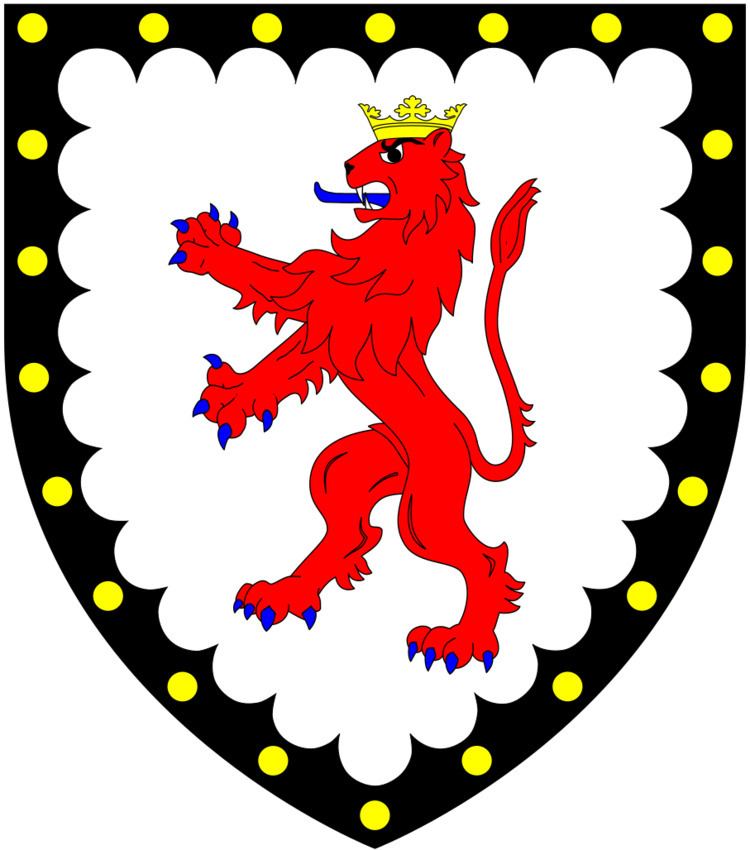Name George Cornewall Role British statesman | Party Liberal Party Succeeded by Benjamin Disraeli | |
 | ||
Died April 13, 1863, Radnorshire Spouse Lady Maria Theresa Villiers (m. 1844) Books essay on the governm, An Essay on the Influence, An Essay on the Origin an, An historical survey of, Remarks on the Use and Abus | ||
Sir George Cornewall, 2nd Baronet (8 November 1748 – 26 August 1819) of Moccas Court, Herefordshire, was a British politician, soldier and baronet.
Contents
Origins
Born George Amyand, he was the eldest son and heir of Sir George Amyand, 1st Baronet (1720–1766) by his wife Anna Maria Korteen, daughter of John Abraham Korteen, a Hamburg merchant. In 1766 he succeeded his father as 2nd Baronet and inherited his interest in the banking firm of Amyand, Staples and Mercer.
Career
Amyand was educated at Eton College then at Christ Church, Oxford, where he graduated Master of Arts in 1769. In 1771 he assumed by royal licence the surname and arms of Cornewall in lieu of his patronymic, in accordance with the bequest from his father-in-law, an inheritance which included Moccas Park in Herefordshire. In 1773 he received a Doctorate of Civil Law from the University of Oxford.
Cornewall entered the British House of Commons in 1774, sitting for Herefordshire until 1796. He represented the constituency again in the Parliament of the United Kingdom between 1802 and 1807. He served in the Herefordshire Militia and became its colonel in 1805.
He was owner of a plantation in Grenada, West Indies, and in 1775–81 re-built Moccas Court, the family's later residence in Herefordshire. He inherited Mouse Castle, Cusop but exchanged it. In 1800, he sold Frilsham, Berkshire, which his father had purchased in 1762, to Robert Hayward.
He served as a Family Trustee of the British Museum from 1788 until his death.
Marriage and progeny
On 18 July 1771 he married Catherine Cornewall, only daughter and heiress of Velters Cornewall of Moccas in Herefordshire, MP. His wife's family claimed descent from a younger branch of the de Cornewall family, Barons of Burford, lineally descended from Sir Richard of Cornwall (d.1296, slain by an arrow at the Siege of Berwick), a natural son of Richard, 1st Earl of Cornwall (1209-1272), (2nd son of King John) by his mistress Joan de Bath. Sir Richard of Cornwall married Joan FitzAlan, daughter of John FitzAlan, 6th Earl of Arundel, and by her had three sons and a daughter. His daughter, Joan of Cornwall, married Sir John Howard, from whom the Howard family, Dukes of Norfolk, are descended. The arms of de Cornwall were: Argent, a lion rampant gules ducally crowned or a bordure engrailed sable bezantee, being the arms of Richard, 1st Earl of Cornwall with difference a bordure engrailed. By his wife Catherine Cornewall he had two sons and six daughters:
Death and burial
Cornewall died in 1819 and was buried at Moccas.
